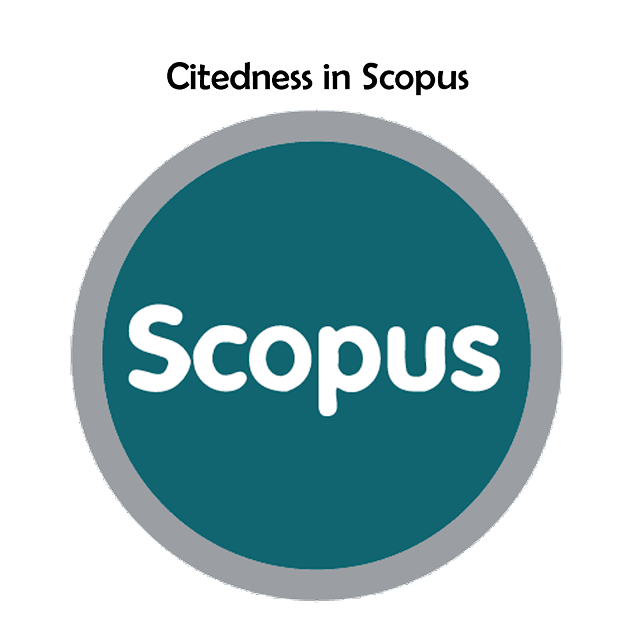Perbandingan Metode Klasifikasi Support Vector Machine dan Naïve Bayes untuk Analisis Sentimen pada Ulasan Tekstual di Google Play Store
Lutfi Budi Ilmawan(1*); Muhammad Aliyazid Mude(2);
(1) Universitas Muslim Indonesia
(2) Universitas Muslim Indonesia
(*) Corresponding Author
AbstractIn this research, the performance of SVM classification method will be compared with other classification methods, by using the Naïve Bayes classification method. Naïve Bayes classification method is a light classification method and has a high accuracy if applied to the text classification according to some previous studies. The accuracy of the classifier is measured using the K-fold cross validation method whose results will be tabulated in a confusion matrix table, with a value of K = 3. In this study, the data processed are textual reviews of applications in the Indonesian language Google Play Store obtained from previous research. The test results obtained from the 3-fold cross-validation method produce that SVM Classifier has a higher value of accuracy when compared with the accuracy of the Naïve Bayes classifier, the SVM classifier gets an accuracy of 81.46% and Naïve Bayes classifier by 75.41%.
KeywordsClassification; Sentiment Analysis; Support Vector Machine;Naïve Bayes;Cross-validation
|
Full Text:PDF |
Article MetricsAbstract view: 3706 timesPDF view: 1198 times |
Digital Object Identifier https://doi.org/10.33096/ilkom.v12i2.597.154-161 https://doi.org/10.33096/ilkom.v12i2.597.154-161
|
Cite |
References
L. B. Ilmawan and A. Mude, “Analisis Sentimen untuk Text Review Berbahasa Indonesia pada Google Play Store Menggunakan Metode Maximum Entropy,” Makassar, 2019.
E. Boiy, P. Hens, K. Deschacht, and M. Moens, “Automatic Sentiment Analysis in On-line Text Concepts of Emotions in Written Text Concept of Emotions,” in Electronic Publishing, 2007, no. June, pp. 349–360.
A. Go, R. Bhayani, and L. Huang, “Twitter Sentiment Classification using Distant Supervision,” Processing, vol. 150, no. 12, pp. 1–6, 2009.
L. Zhang, R. Ghosh, M. Dekhil, M. Hsu, and B. Liu, “Combining lexicon-based and learning-based methods for Twitter sentiment analysis,” International Journal of Electronics, Communication and Soft Computing Science & Engineering (IJECSCSE), vol. 89, pp. 1–8, 2015.
M. Taboada, J. Brooke, M. Tofiloski, K. Voll, and M. Stede, “Lexicon-Based Methods for Sentiment Analysis,” Computational Linguistics, vol. 37, no. 2, pp. 267–307, 2011.
P. D. Turney, “Thumbs up or thumbs down? Semantic Orientation applied to Unsupervised Classification of Reviews,” in Proceedings of the 40th Annual Meeting of the Association for Computational Linguistics (ACL), 2002, no. July, pp. 417–424.
M. Y. Nur and Diaz D. Santika, “Analisis Sentimen pada Dokumen berbahasa Indonesia dengan pendekatan Support Vector Machine,” in Konferensi Nasional Sistem dan Informatika, 2011, pp. 9–14.
P. Aliandu, “Analisis Sentimen Tweet Berbahasa Indonesia di Twitter,” Universitas Gadjah Mada, 2012.
I. Rish, “An Empirical Study of the Naïve Bayes Classifier,” IJCAI 2001 Work Empir Methods Artif Intell, vol. 3, 2001.
P. Domingos and M. Pazzani, “On the Optimality of the Simple Bayesian Classifier under Zero-One Loss,” Machine Learning, vol. 29, pp. 103–130, 1997.
L. B. Ilmawan, “Aplikasi Mobile untuk Analisis Sentimen pada Google Play,” Universitas Gadjah Mada, 2014.
R. Kohavi, “Scaling Up the Accuracy of Naive-Bayes Classifiers: a Decision-Tree Hybrid,” KDD, 1997.
S. B. Kotsiantis, “Supervised Machine Learning: A Review of Classification Techniques,” Informatica, vol. 31, pp. 249–268, 2007.
C.-C. Chang and C.-J. Lin, “{LIBSVM}: A Library for Support Vector Machines,” ACM Transactions on Intelligent Systems and Technology, vol. 2, no. 3, pp. 27:1--27:27, 2011.
B. Pang, L. Lee, and S. Vaithyanathan, “Thumbs up?: sentiment classification using machine learning techniques,” in Proceedings of the Conference on Empirical Methods in Natural Language Processing, 2002, pp. 79–86.
Refbacks
- There are currently no refbacks.
Copyright (c) 2020 Lutfi Budi Ilmawan

This work is licensed under a Creative Commons Attribution-ShareAlike 4.0 International License.







